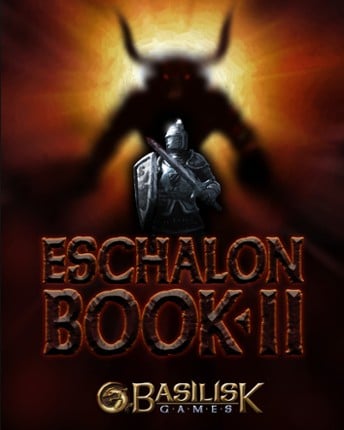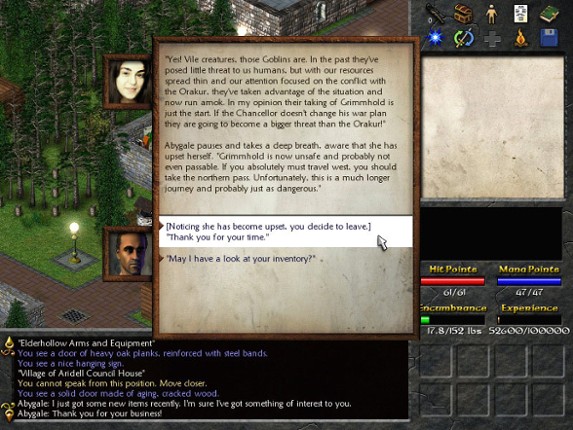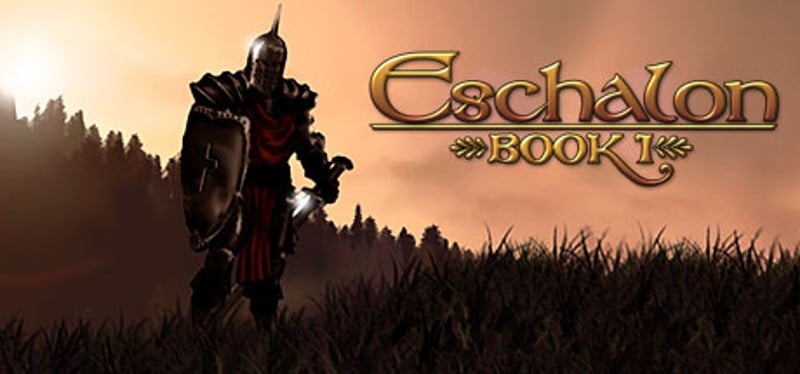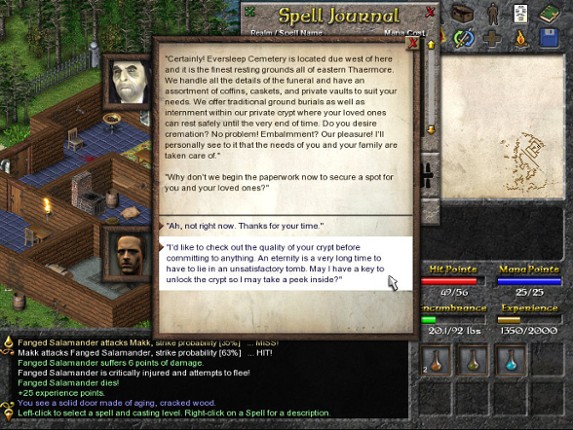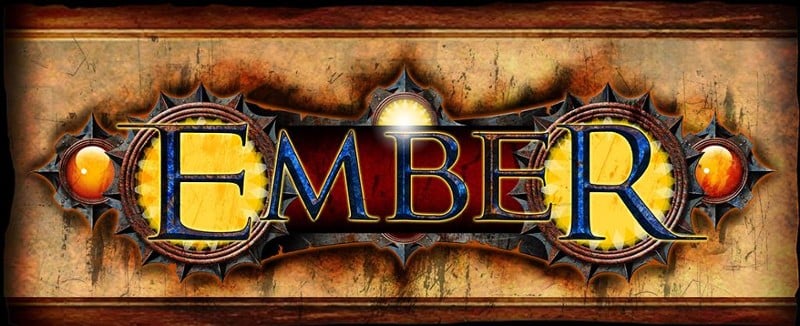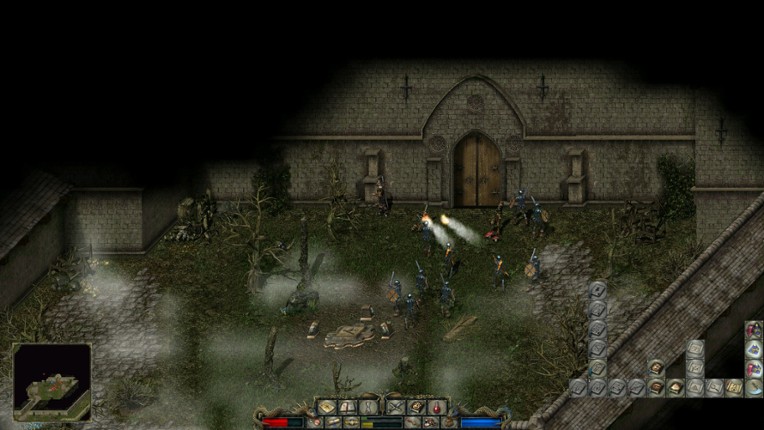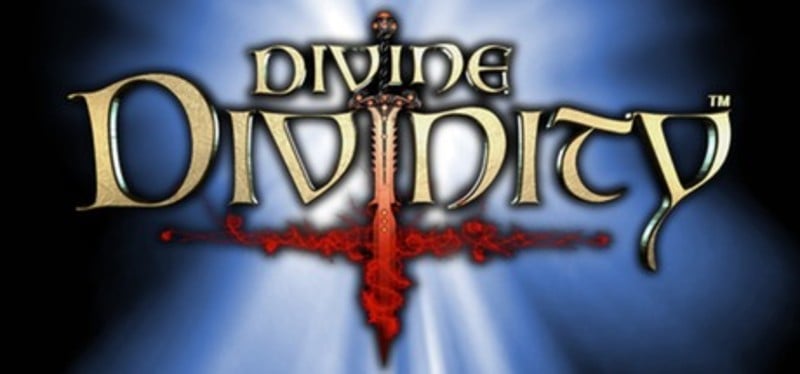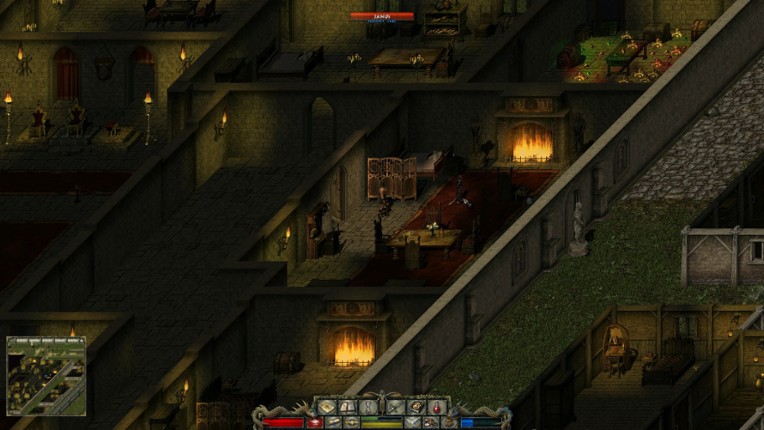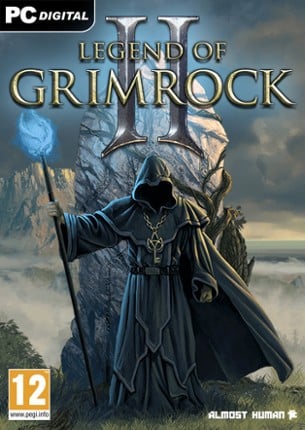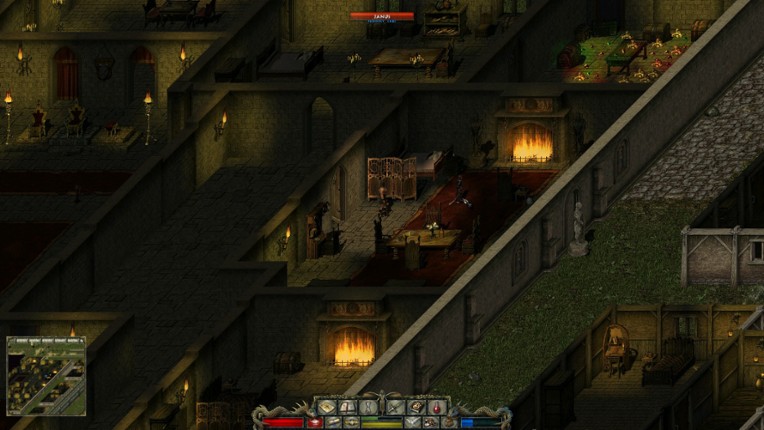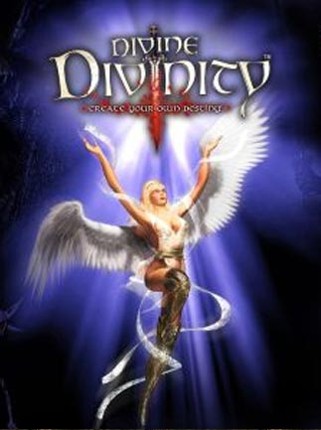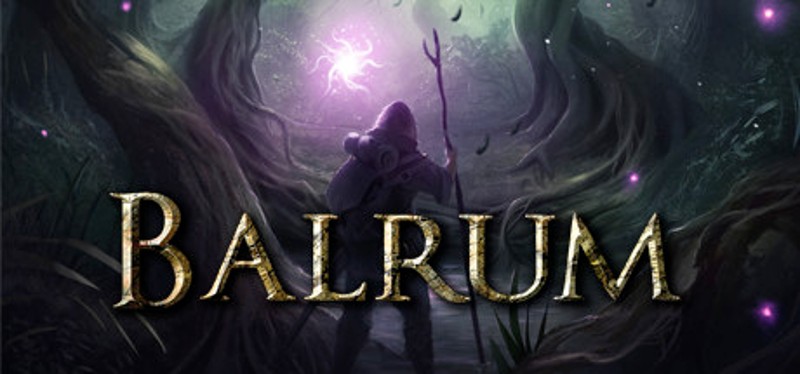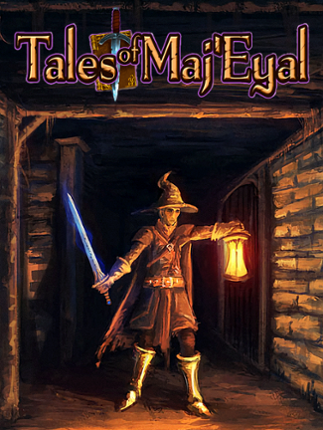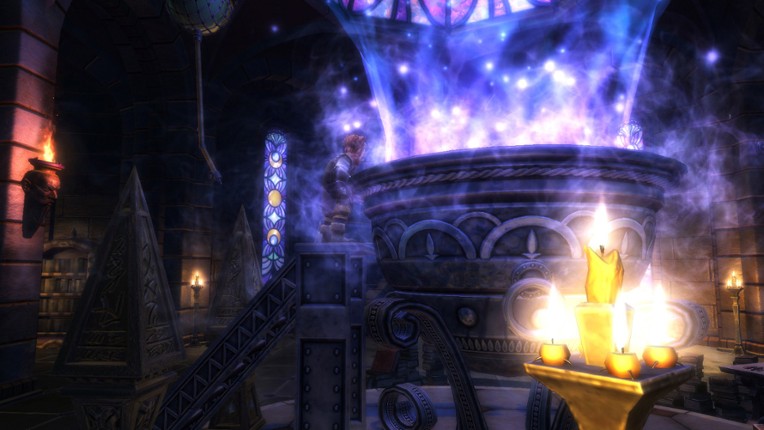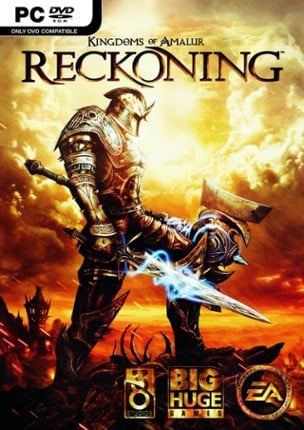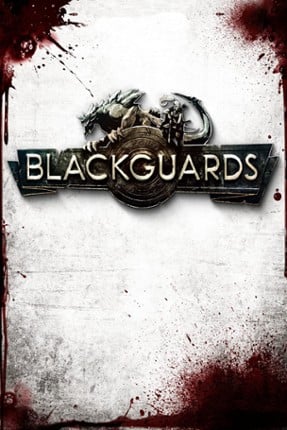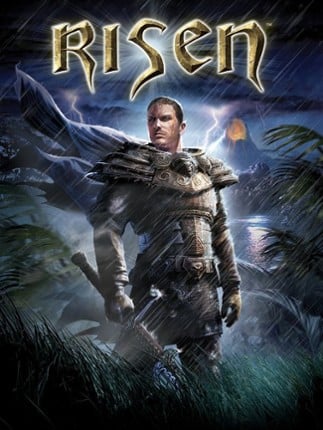- July 11, 2010
- Basilisk Games
Eschalon: Book II
Platforms
About
In "Eschalon: Book II," delve back into the expansive world of Eschalon to uncover the secret of your past and prevent an impending war. With a vast world to explore and countless items, monsters, puzzles, and traps, this turn-based RPG offers freedom and flexibility in gameplay. No prior experience with the first game is required, ensuring accessibility for newcomers to the series.
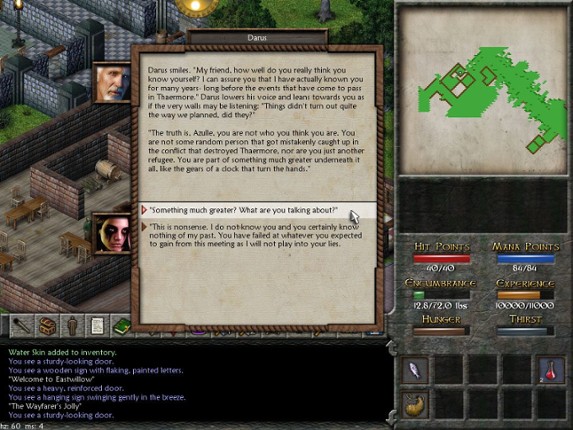
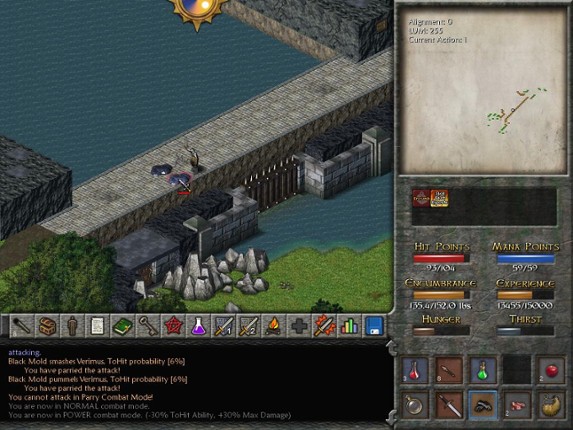
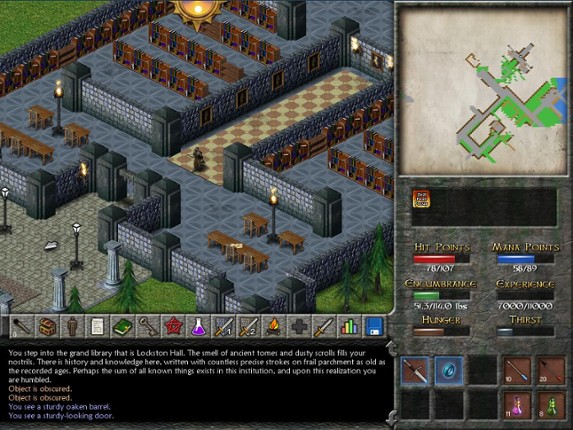
- Eschalon: Book II improves upon its predecessor with enhanced gameplay mechanics, including new skills and a more engaging combat system.
- The game offers a nostalgic experience for fans of old-school CRPGs, with a rich world to explore and a variety of character builds.
- Players appreciate the challenging nature of the game, which encourages strategic thinking and careful character development.
- The game suffers from significant issues with RNG, leading to frustrating combat experiences where players frequently miss attacks against enemies that hit consistently.
- Many players find the pacing tedious due to excessive walking and backtracking, which detracts from the overall enjoyment of the game.
- The story and world-building are criticized for being cliché and lacking depth, making it feel less immersive compared to other RPGs.
story
29 mentions Positive Neutral NegativeThe game's story is criticized for being incomplete and predictable, often leaving players with unresolved plot points and a sense of dissatisfaction. While some players appreciate the intriguing elements and world-building, many find the narrative clichéd and linear, with limited impact from player choices. Overall, the story seems to take a backseat to gameplay mechanics, leading to mixed feelings about its execution and depth.
“After witnessing a mysterious murder, you get unwillingly involved in an epic quest full of intrigue, swords, and magic.”
“I love this game because of its very interesting story and turn-based combat.”
“Awesome story, game writing, and it's really hard.”
“The story is incomplete; it doesn't finish its main storyline, leaving the game on a cliffhanger.”
“During the game, there's one evil race, the Taurax, and then suddenly you hear about an even greater evil, but you never hear from that again until the end, where it goes from being unimportant in the plot to the main antagonist in just a few seconds.”
“On the negative side, the map design is worse, with many empty areas, and the story is also lacking compared to the first game.”
